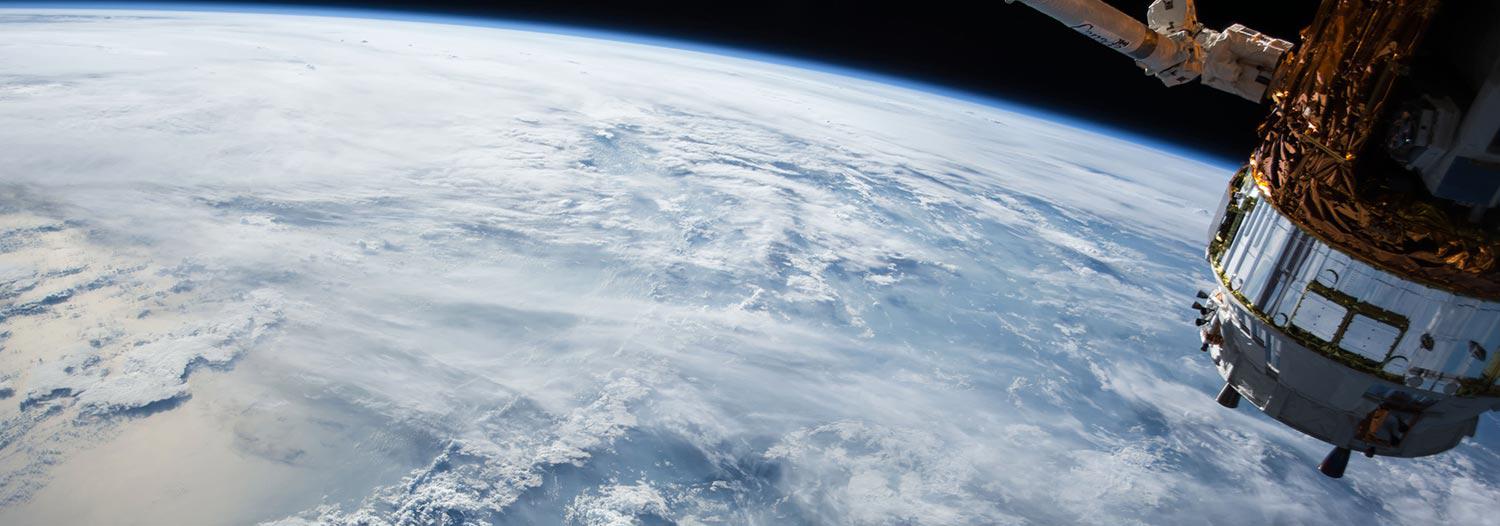Input Dataset
Landsat imagery mosaic series
Theme
Jurisdiction
QLD
Dataset Purpose
Funding Support
Access Mechanisms
Q Imagery (Imagery portal)- TBC
Access Format
GeoTIFF
Dataset Lineage
Access and Licensing
Identified Mandate
Yes

